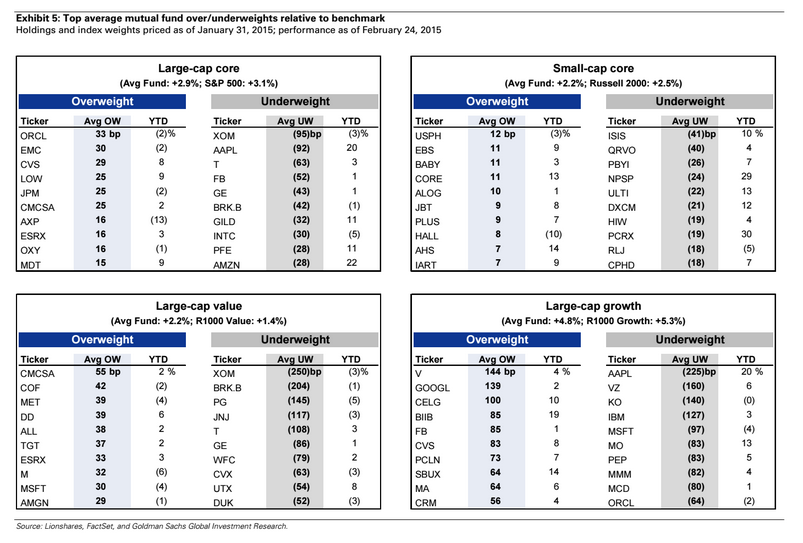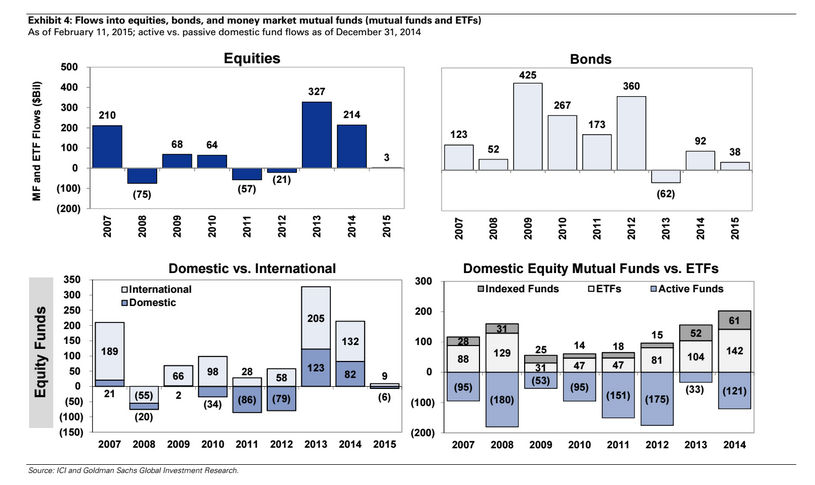The Day Mutual Funds New Morningstar tool is a game changer News from southeastern Connecticut
Post on: 17 Июнь, 2015 No Comment

Chuck Jaffe
Finally, after years of failing to answer the question investors had the most, Morningstar Inc. is about to tell the world which funds it expects to do best in the future.
The move, announced at the Morningstar Investor Conference this month, will shake up the fund world and forever change the way average investors evaluate mutual funds.
To see why, let’s look at what Morningstar currently offers, and what’s coming down the pike.
Morningstar Inc. (MORN) is best known for its star ratings, which objectively measure funds against their peers based on risk-adjusted returns. Stars are given on a curve, so the top 10 percent of any category gets five stars, the next 22 percent earns four stars, the middle 36 percent receive three stars, and so on.
The system has limitations, and Morningstar has always acknowledged that, saying that stars are more descriptive than predictive. Because they look at past performance — and only for funds with track records of at least three years — setting your financial course by the stars is akin to driving while looking only at the rear-view mirror.
Morningstar has never suggested that stars were purchase recommendations. It has long quarreled with Mark Hulbert of the Hulbert Financial Digest, who tracks performance of funds getting four- and five-star ratings as if the research firm was telling investors to buy those funds.
And buy is precisely what investors have done, even if that was not Morningstar’s intention. Industry statistics show that more than 90 percent of all money that goes into funds flows into issues that carry at least four stars.
What Morningstar has announced is dramatically different, a subjective measure that tries to predict which funds will do well in the future, effectively something that truly qualifies as a purchase recommendation.
In addition to the traditional star rating, Morningstar this fall will start showing an analyst rating, which examines funds in five key criteria to determine if they have a positive, neutral or negative outlook. A year from now, Morningstar expects to have analyst ratings on more than 1,500 funds, covering more than 80 percent of all industry assets.
Analyst ratings will replace Morningstar’s analyst picks and pans. The big deal here is that they will be more extensive, and they will be displayed even more prominently than star ratings. There are three gradations for positive analyst ratings. AAA funds are best of breed while AA-rated funds have notable advantages across several areas and funds with an A grade have advantages that outweigh disadvantages in the five key areas that Morningstar believes predict future success for a fund. Those Five Pillars are process (investment strategy and execution), performance (results versus expectations over time), price (expense ratios), people (management’s skill, plus its conviction and dedication to the fund) and parent (stewardship grades, a Morningstar measure of the quality of governance).
Morningstar’s research has shown that combining star ratings with low costs and high stewardship grades typically leads to positive performance in the future. Analysts ratings put those criteria and more together in one grade.
There is no curve here. Don Phillips, Morningstar’s president of fund research, said that roughly 3 percent of all funds earned the analyst’s pick designation, and he expects that to be roughly the top level of the positive grades. All told, Phillips said somewhere between 10 percent and 20 percent of all funds are likely to earn positive ratings. The rest will be neutral or negative.

Here’s where the game changes for investors.
Investors who trust Morningstar will want funds that have the best of both worlds, a positive analyst score plus a good star rating.
Using Phillips’ math, however, the pool of positively rated funds will be about half as big as the pool of four- and five-star funds (and it’s possible for funds with fewer stars to earn a good analyst grade).
Thus, a four-star fund that gets a neutral rating will no longer be impressive. In fact, when I asked investors at the conference about it, every one said that they’d avoid funds that didn’t get top stars and a positive rating. That will undoubtedly be true for the people running retirement plans, too, since they have to convince customers they’re offering the best funds.
Expect a rush of money to issues earning top marks in both ratings. And Morningstar also will give analyst ratings to funds that aren’t yet old enough for stars, a particularly strong, buy-it-out-of-the-box statement.
We hope this improves investor returns, helping them pick funds they can believe in for the future, said Phillips, so that people won’t run out of a fund that is simply out of favor. Our research shows that being patient with good funds should pay off, but you have to believe they will bounce back And the mediocre funds that are impacting investors ability to reach their goals? We hope they get found out too, so that investors know to go somewhere else.
Chuck Jaffe is senior columnist for MarketWatch. Reach hiim at cjaffe@marketwatch.com >cjaffe@marketwatch.com or at Box 70, Cohasset, MA 02025.














